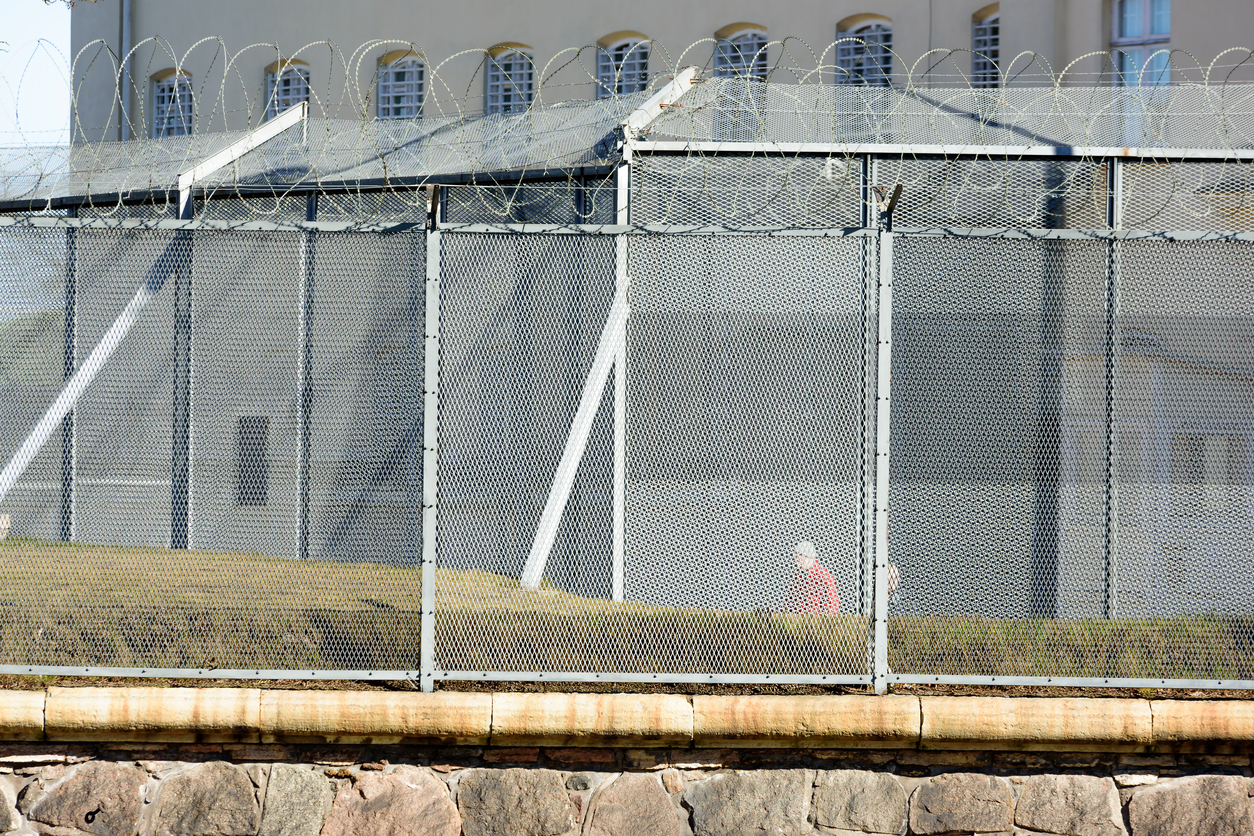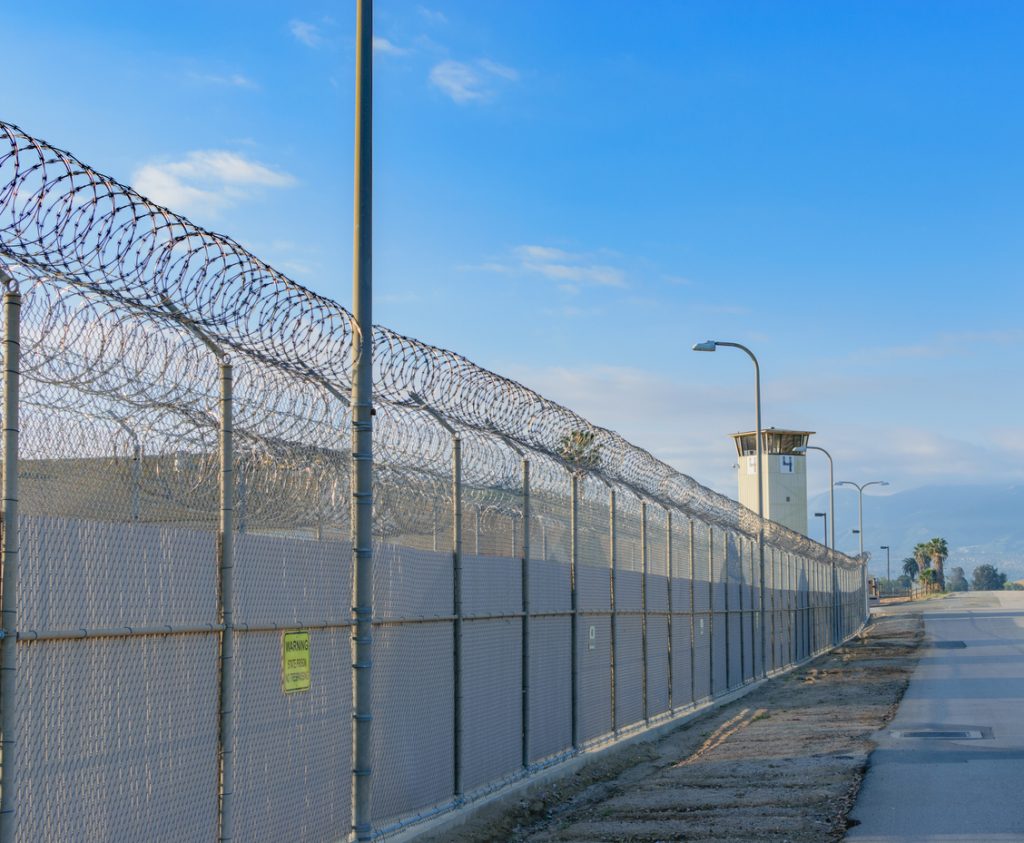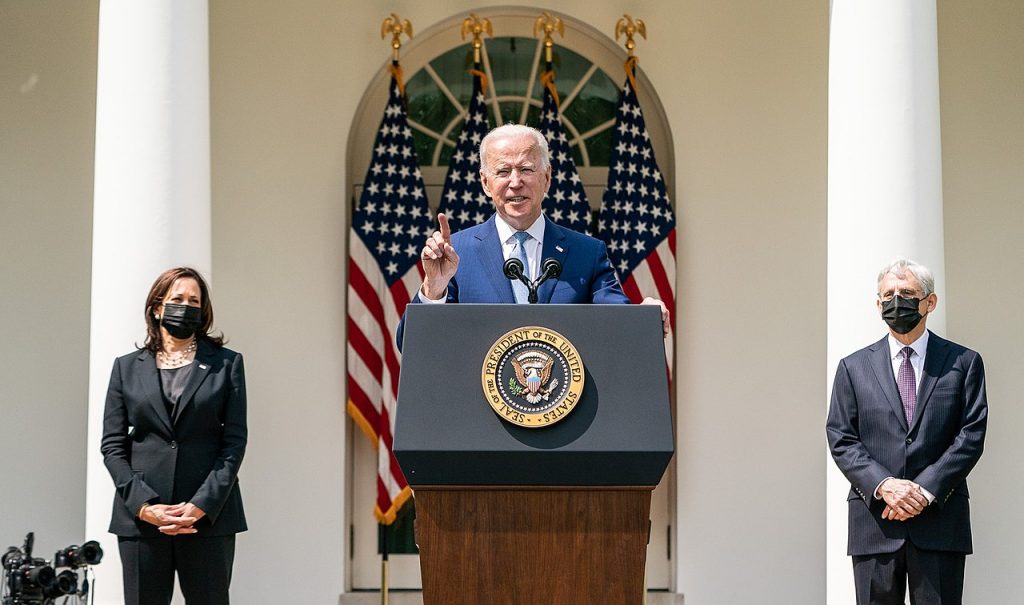
12 Aug New Studies Suggest Reducing Incarceration Might Make Us Safer
Over the last year, jails and prisons around the country have released scores of incarcerated people. In addition, a wave of criminal justice reform has many states implementing laws that could further reduce incarcerated populations. However, some tough-on-crime politicians have blamed these policies for the recent uptick in homicides and gun crimes.
But a pair of new studies from the John D. and Catherine T. MacArthur Foundation shows that the reduction in jail and prison populations not necessarily made communities more dangerous. In fact, the studies suggest, reducing incarceration have actually made them safer.
Two new studies looked at how recent reductions in jail populations have affected public safety.
The new studies came out of the MacArthur Foundation-sponsored Safety and Justice Challenge (SJC). This challenge tasked its participants to “develop[ing] and model[ing] effective ways to keep people out of jail who don’t belong there, more effectively reintegrate[ing] those who must be confined into the community upon release, and help[ing] them stay out of jail thereafter.”
Data specialists from the City University of New York’s Institute for State and Local Governance (CUNY ISLG) and the JFA Institute (JFA) worked with the SJC to study the effects of criminal justice reforms both before and after the COVID-19 pandemic on public safety. In June, they published their findings in two reports: Jail Decarceration and Public Safety: Preliminary Findings from the Safety and Justice and The Impact of COVID-19 on Crime, Arrests and Jail Populations.
Both studies used data from cities and counties to examine public safety from 2015 to 2019. The first study looked at the effects of jail population reduction policy. And the latter studied the effect COVID-19 had on the justice system.

The study showed that crime rates often decreased alongside jail populations.
Data gathered for the studies shows that, in most cases, crime did not increase following the release of incarcerated people. In many cases, crime rates actually went down as jail populations decreased.
One example is Lake County, IL. The jail population in Lake County decreased by 27% over the course of the pandemic. This reduction was mostly due to the introduction of public health policies designed to stop the spread of COVID-19. Meanwhile, between 2019 and 2019, incidents of nonviolent and violent crimes decreased in Lake County from 2016 to 2019.
Results such as this run counter to messaging from some that harsh sentences and more enforcement keeps communities safe. According to the study, “reducing over-incarceration in jails keeps us safe. Narratives connecting these reforms to rising crime rates are misleading and damaging.”
Some say that the results provide an opportunity to examine and change policy.
As COVID-19 ripped through the correctional system in the United States, federal, state and local governments were left with little choice but to reduce incarcerated populations to help slow the spread. Even “law and order” figures such as then-Attorney General William Barr signed off on the plan.
Now, some are suggesting that this situation provides a unique opportunity to examine the effects of policy on communities. One of those is Wendy Ware, president of the JFA Institute.
“It is time to break the misleading and mistaken connections between increased use of jails and increased public safety…,” she said. “We know how to safely reduce jail populations. The COVID-19 pandemic fueled the largest one-time decrease in jail populations in recent US history, and those practices should serve as the new standard for local criminal justice systems going forward. It is important to not allow a departure from historical trends to roll back policies and practices that reduce the harmful and unnecessary use of incarceration.”
Now the BOP and others want to recall many of those released back to jails and prisons.
Researchers such as Ware, however, may see that window of opportunity shrinking. Last year, the Department of Justice allowed more than 23,800 incarcerated people to serve out their sentences in home confinement. But in the closing days of the Trump administration, the DOJ issued a memo that the BOP “must recall prisoners in home confinement to correctional facilities” after the state of emergency gets lifted. If the policy holds, nearly 7,400 people will head back to federal prisons to serve out the remainder of their sentences.
Activists and some congressional Democrats have demanded that President Joe Biden and current Attorney General Merrick Garland reverse the memo. However, thus far, neither has taken action. This, despite Biden showing no hesitation in reversing a number of Trump-era policies. The lack of action is something that Inimai Chettiar, a director at the Justice Action Network (JAN), says is at odds with much of the Biden administration’s rhetoric around criminal justice reform.
“Allowing this memo to stay on the books is in direct conflict with the administration’s commitment to criminal justice reform,” she said.

The results are unlikely to affect the opinions of people in favor of a “tough on crime” approach.
The results provide support for an argument activists have been making for a long time—that reducing incarceration can make communities safer. However, they are not likely to cause any epiphanies for tough-on-crime politicians and activists. That’s because, to some degree, that message stays the same regardless of crime rates or the policies that shape them. Studies have shown that crime rates have fallen steadily for nearly three decades. Yet politicians have continued to ride their tough-on-crime stance into elected office during that time. And given the stances of those deemed likely to run as the GOP candidate in the 2024 presidential race, that’s not likely to change any time soon.
The use of the fear of crime and “criminals” will continue to be an effective motivator. But as more policies work to reduce jail and prison populations, researchers will have more data to work with. That’s something Reagan Daly, the research director at CUNY ISLG, says is worth pursuing.
“These new data are further evidence that those who tell us we need to choose between safety and change are simply wrong,” he said. “As cities and counties across the country ramped up efforts to rethink their local justice systems, overall crime rates steadily dropped in most places. We can make our justice systems fairer and effective while also keeping communities safe.”

